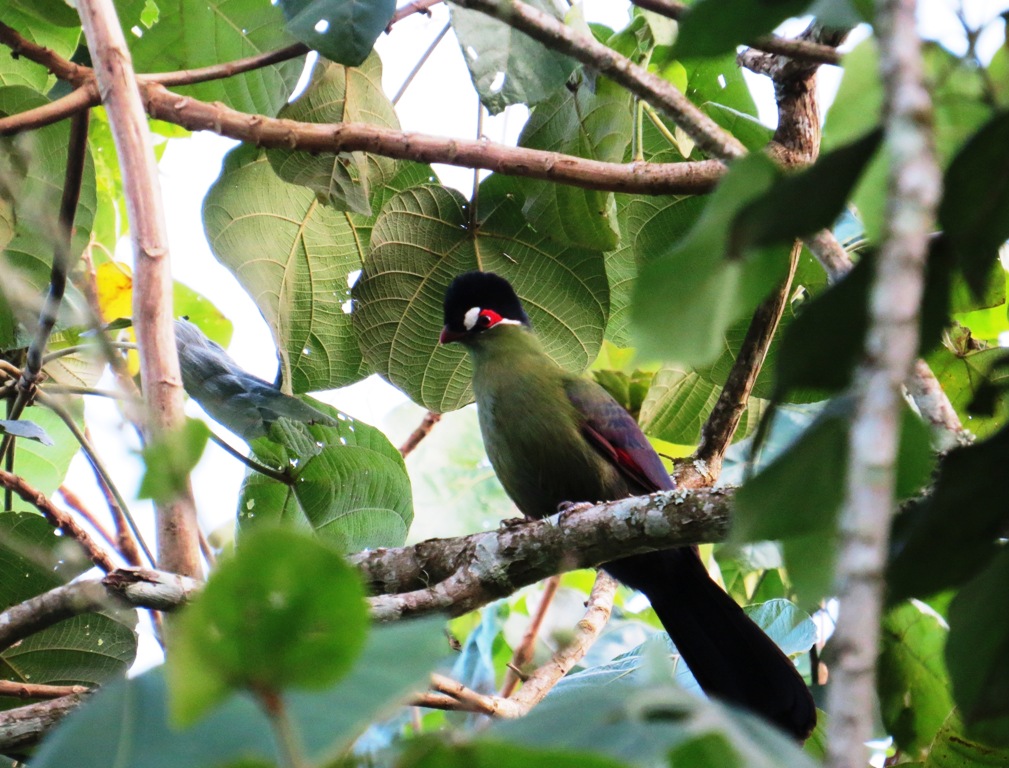
- Home
- Our Story
- Safaris & Excursions
- Guides
- Gallery
- News
- Contact Us
Nairobi is a remarkable birdy destination; most birding and wildlife safaris in Kenya start or end in Nairobi. The bigger Nairobi metropolitan has an array of hotspots that support adorable and fascinating bird species, birding tours where you walk, drive, cycle, or sit on a bench, and birds start presenting themselves in rapid sequence. Birdwatching in Nairobi is wonderful and will bring you joy and satisfaction in many ways, birds have character, humor, and personality which provides an additional delight in birding adventures.
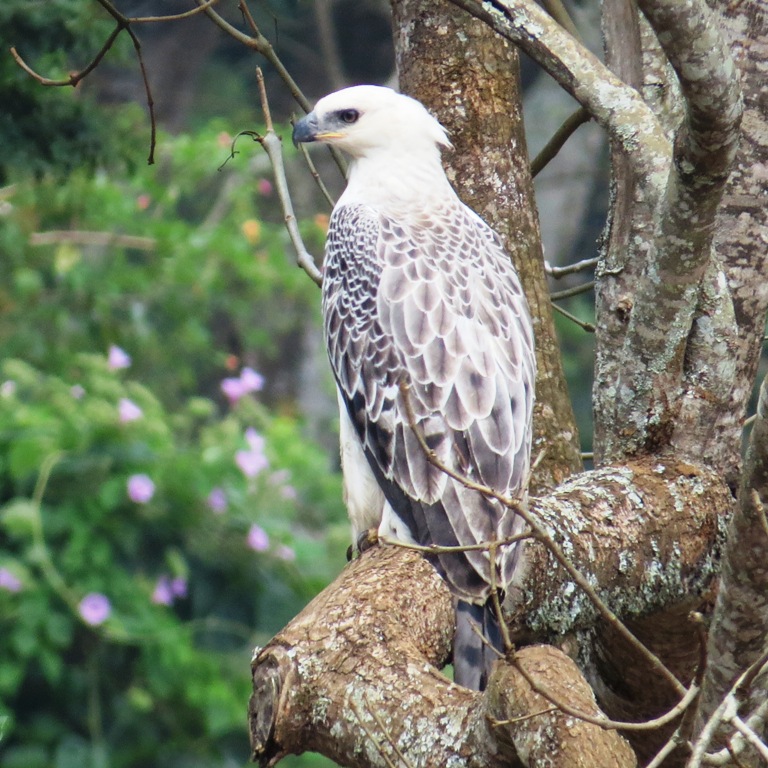
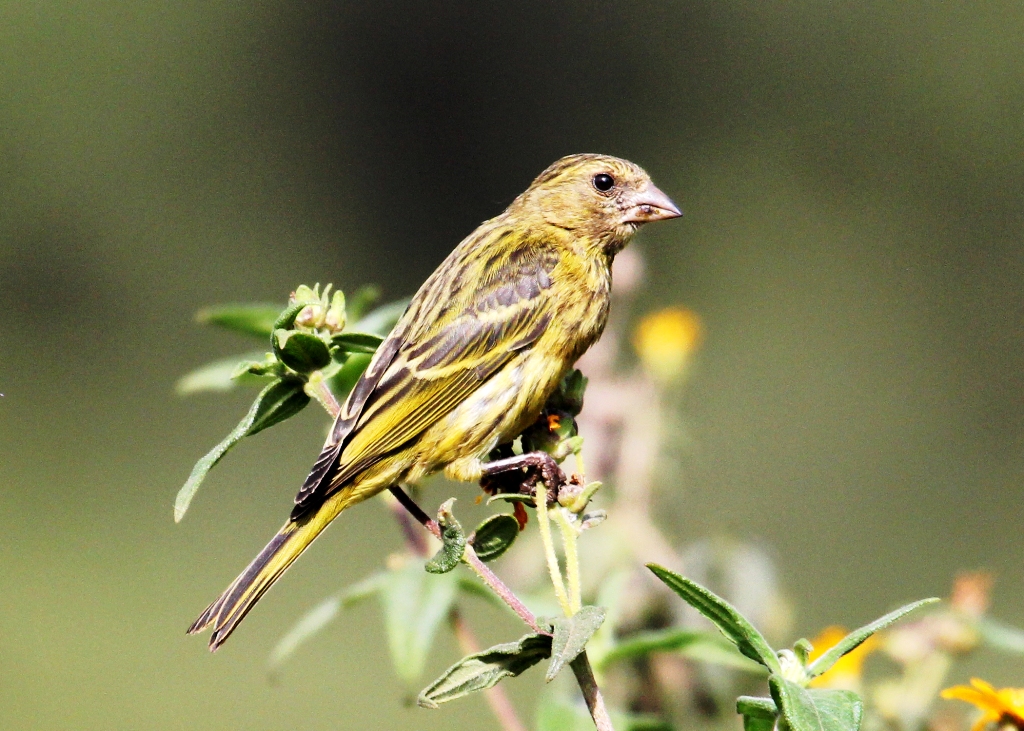
The best birding tours within Nairobi are often between dawn and 11 a.m. when birds are most active. Birds sing in the early morning when the sun is not very hot, and by 11 a.m. the activity starts to slow. We have a collection of itineraries full-day or half-day birding tours – you can choose from, our day birding tours run all year, and we cater for all birding levels. Birdwatching is an excellent way to spend time in nature to learn about the green spaces and to appreciate the beautiful animals in the wild
Whether you are new to birdwatching or a serious lister, we can provide a birding tour to suit your needs. We have the best, most invigorating, and most magnificent birding itineraries that cover nearly all the birdwatching hotspots in Kenya.
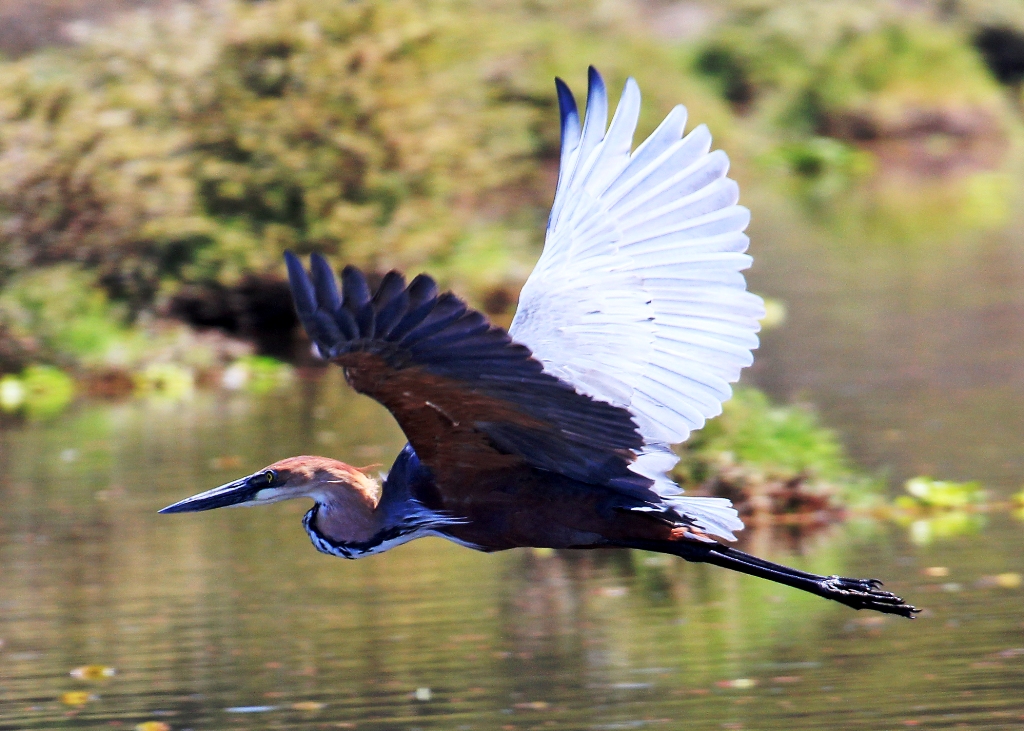
Kenya is one of the best value birding destinations on the whole continent. The outstanding infrastructure, great accommodation, excellent food, wonderful hospitality, picturesque and motley scenery, and the presence of Africa’s big and small mammals make it one of the most delightful countries in the world to bird in.
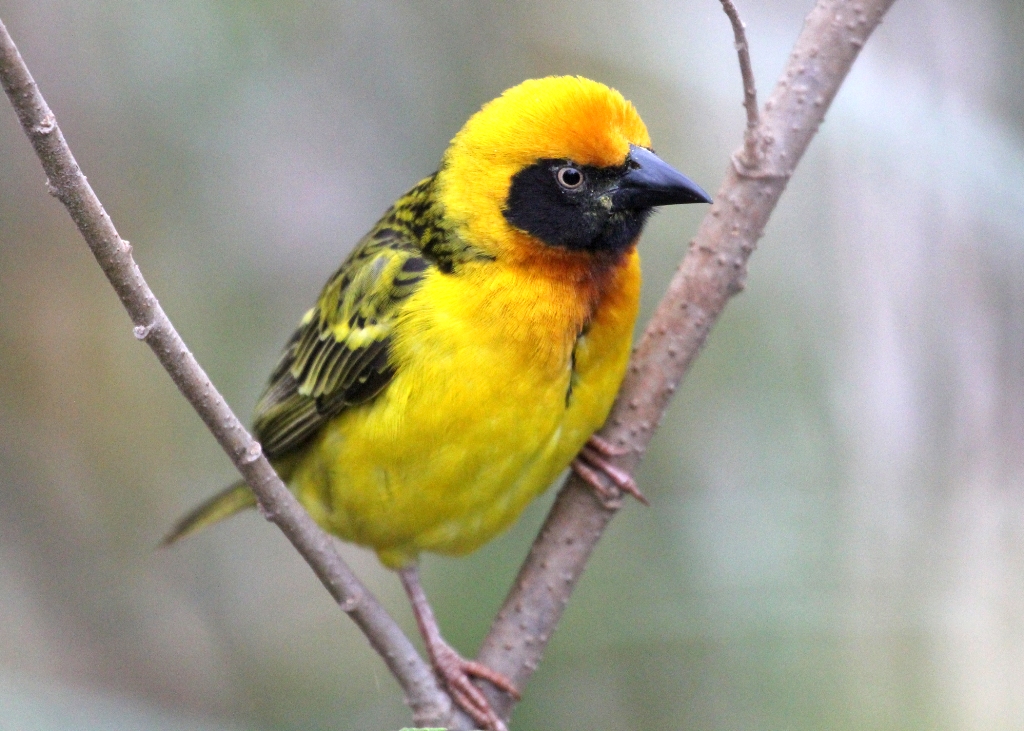
A guided birding tour will introduce you to the feathered fauna of Kenyan birds that are interesting and, beautiful. Kenya is a perfect destination for birdwatchers. The country’s endemic birds are something to behold while the migratory bird species give birdwatchers the chance to see them in their natural habitats. Kenya is certainly a birding location for everyone. We aim to offer the best quality birdwatching and wildlife safaris in East Africa led by passionate and experienced local guides
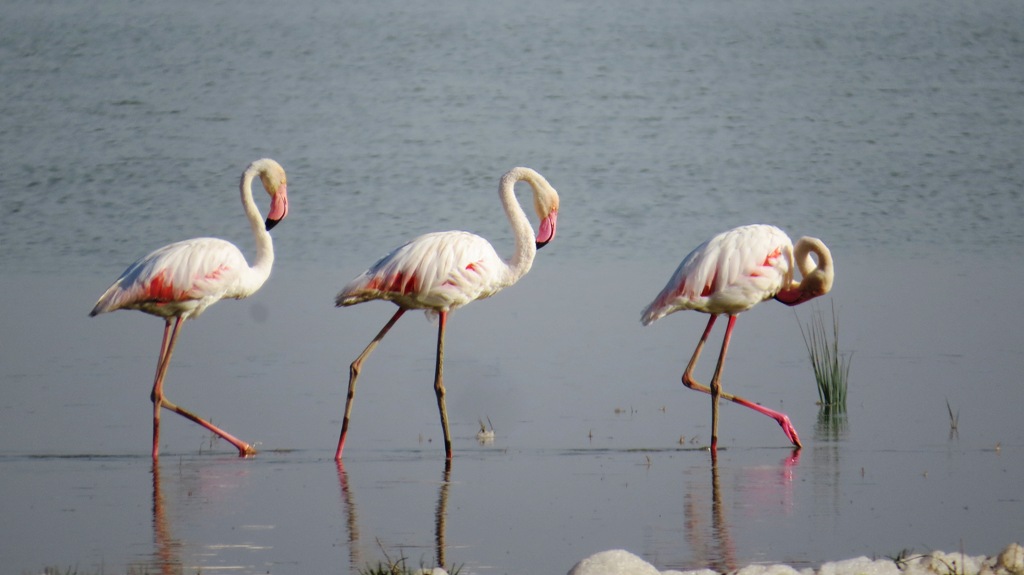
Nearly 1100 bird species have been recorded in Kenya, about twice the total number of birds in Europe. This in itself is enough for any birdwatcher to visit Kenya for a birding holiday. Whether you are anticipating a few days birding around major cities, or you’re considering a comprehensive birding tour in Kenya or beyond, we can help design a custom itinerary to suit your budget and wishlist
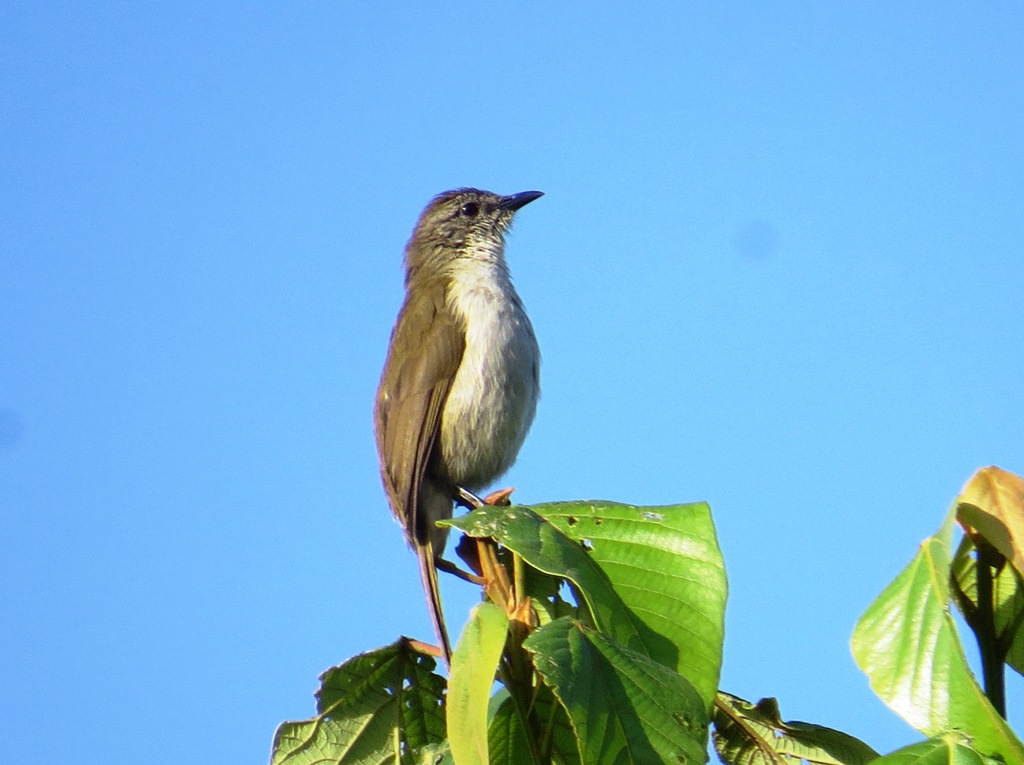
A good number of endemic and near-endemic bird species can effortlessly be seen on a two-week birding safari in Kenya. These birds are especially desired as they only occur within the country or marginally beyond. The European migrants are present from August to April every year. Our small-group tours feature both popular and little-known destinations and range from targeted birding tours, wildlife safaris, and photography trips
Nairobi National Park

Nairobi National Park is the oldest Park in Kenya over 70 years old, the park lists more than 500 bird species with half of these being residents or regular visitors. As in most National parks in Kenya, birding by foot is restricted, being limited to designated areas; such as the Impala Observation Point, Mokoyeti Cliff, Hippo Pools Nature Trails, and Ivory Burning site.
Nairobi National Park lies only seven kilometers from the city center and thus provides a useful starting place for any birdwatcher. A one-day birding tour at Nairobi National Park is not just a safari- it is a soul safari. A must-bird destination, the park is home to over 500 bird species, the landscapes in the park have retained an array of habitats for an abundance of birds and wildlife to flourish. Nairobi National Park has a strong claim to be amongst the best birding and wildlife destinations in Africa. The park offers a birding experience that for many keen birders is in a league of its own, there are several reasons to validate this, the diversity of habitats and systems and of course, the sheer abundance of birds that can be seen in a day’s birding tour. From open grasslands to woodland savanna, thicket, riverine forest, acacia woodland informs the bird species richness.
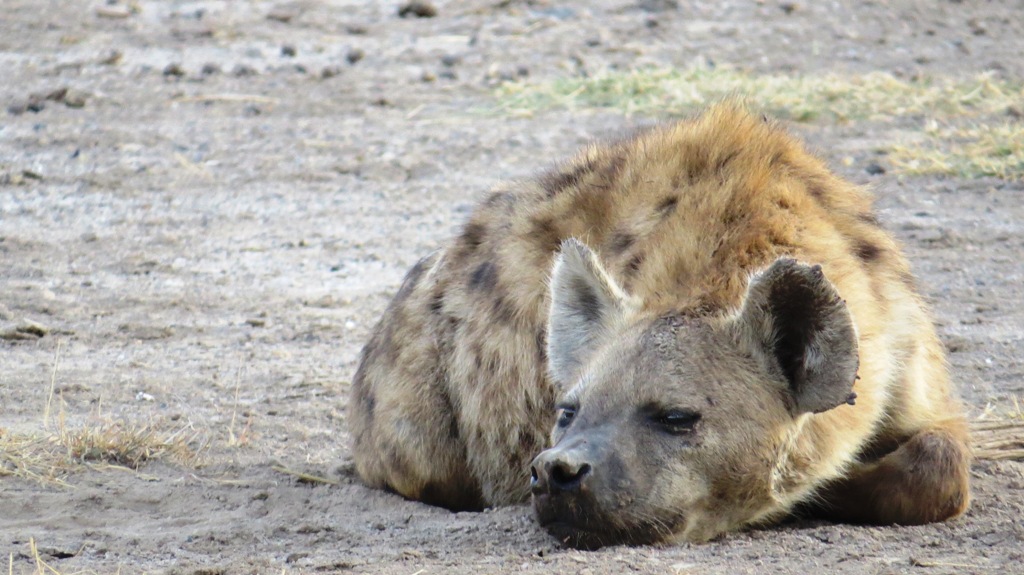
An enchanting escapade that goes not just observing birds and wildlife, but also discovering the allure and irresistible within. It is a chance to slow down breathe in fresh air and embrace the arresting occasions. At the heart of the jagged landscapes, forest, extensive golden-colored plains, and winding rivers, there is a great sense of tranquillity and calmness that can be felt in every nanosecond.
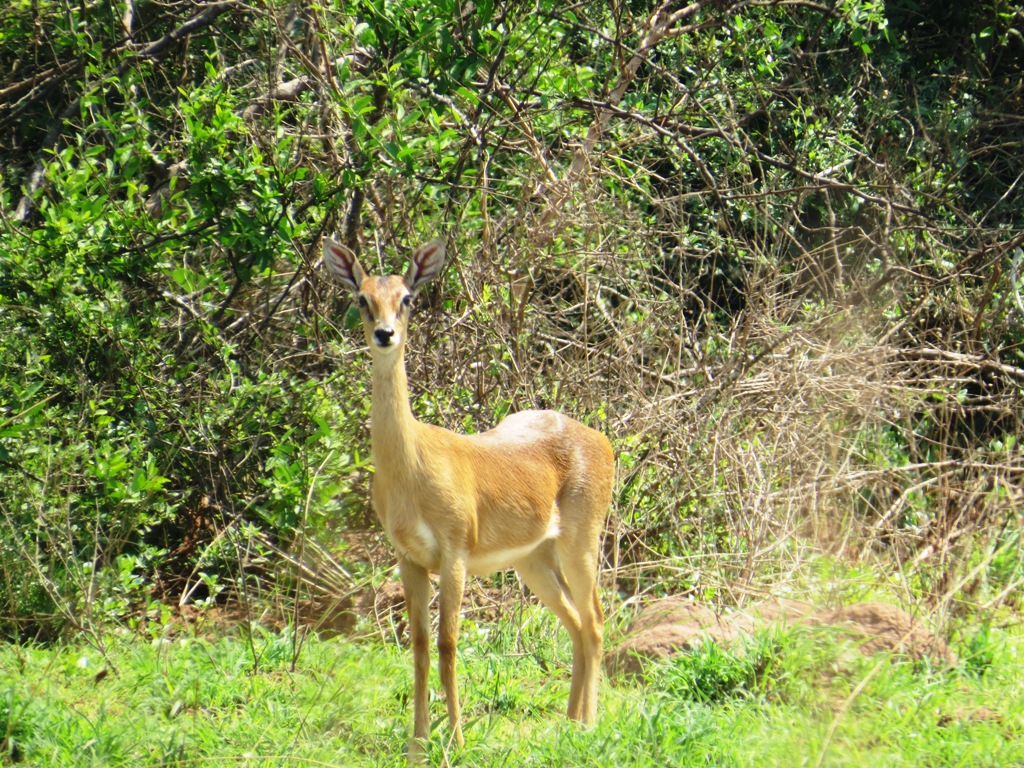
Nairobi National Park is a birdwatching sanctuary and you can see an amazing selection of birds throughout the year. Nairobi National Park has a wide variety of habitats that attract an excellent selection of birds. These habitats can be divided into natural and man-made dams (ponds and lakes) open grassy plains, bush country, rock gorges, riverine woodland, and dry upland forest
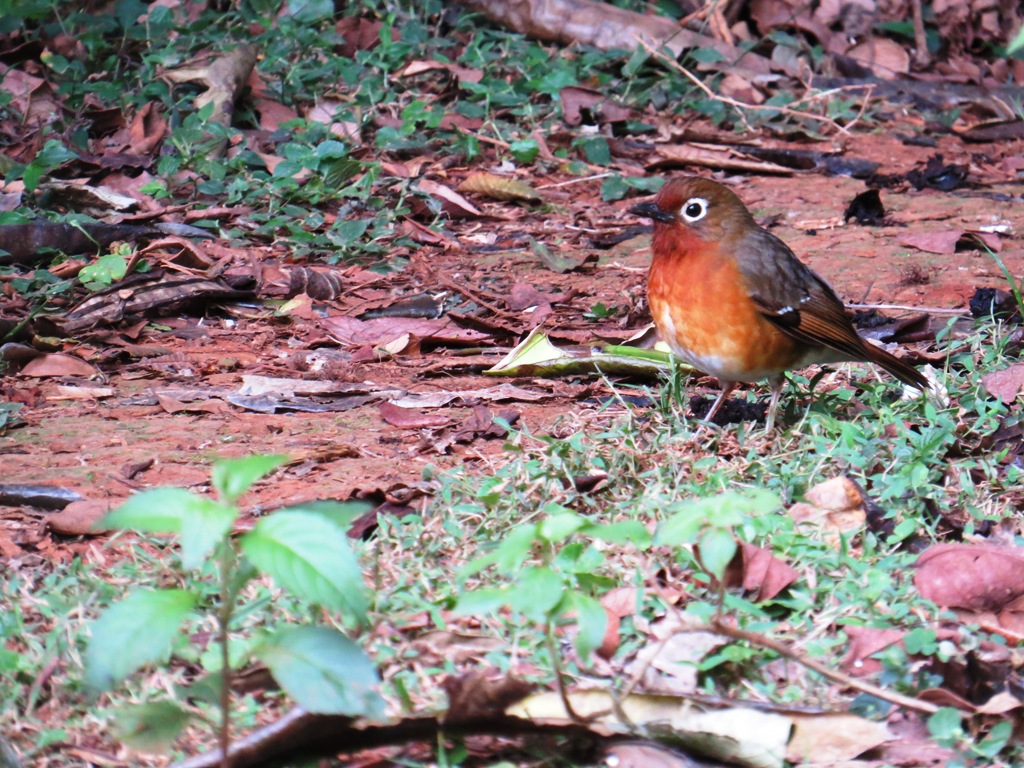
Nairobi National Park has four of the Big Five and has its migration, Most of the herbivores move outside the park in search of pasture during the dry season, Roads are motorable throughout the year and they are well signposted.
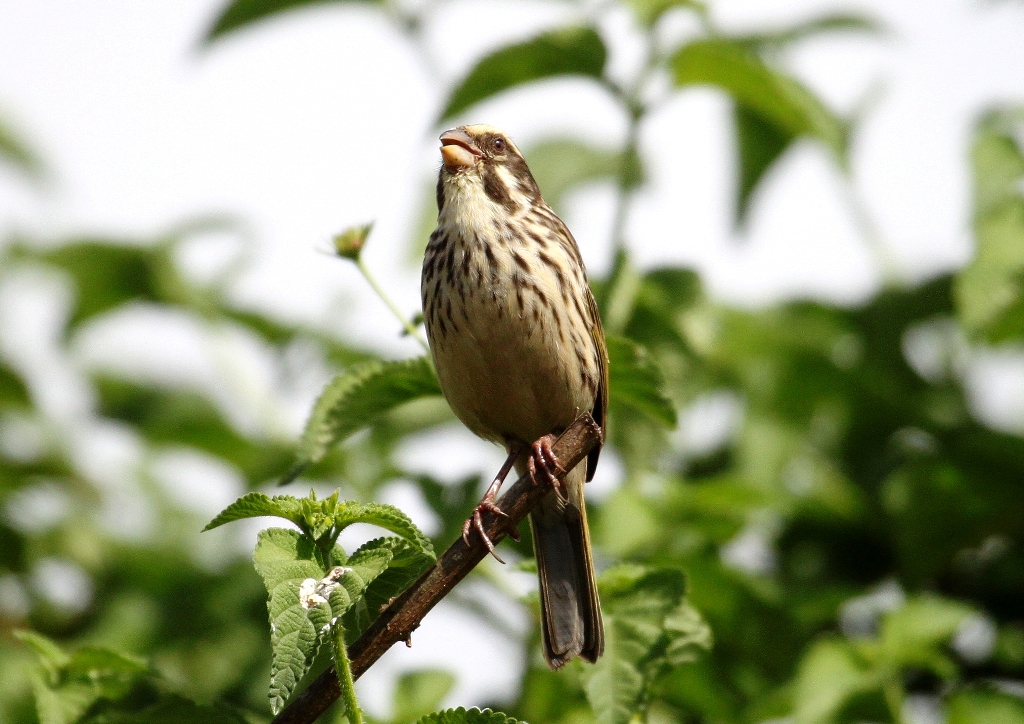
Best Birding Localities in Nairobi National Park
This route combined with Hippo pools and the Ox-bow Lake is a rewarding area, the best place to see bustards, raptors, waders, and larks. The Athi Dam has substantial muddy margins that attract a variety of waders and water birds, crocodiles basking on the shore, and hundreds of Marabou Storks that commonly visit the dam in the afternoon to quench their thirst and have a shower
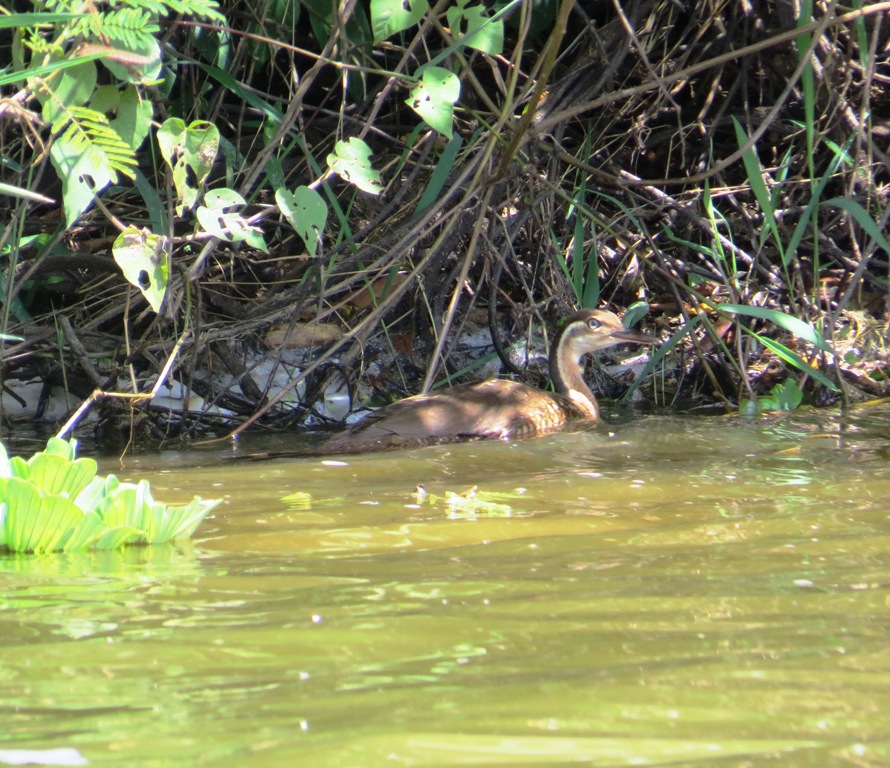
This area consists of lush scrub bordering the Mbagathi River, with adjacent Yellow-barked acacia woodland. A well-maintained nature trail allows access along the river through much of the woodland. Birding hours are productive early morning and late afternoon, especially when mixed flocks and bird feeding parties are in evidence. Keep an eye out for the White-backed Night Heron along the river, a very secretive and shy bird that has found pools as its home
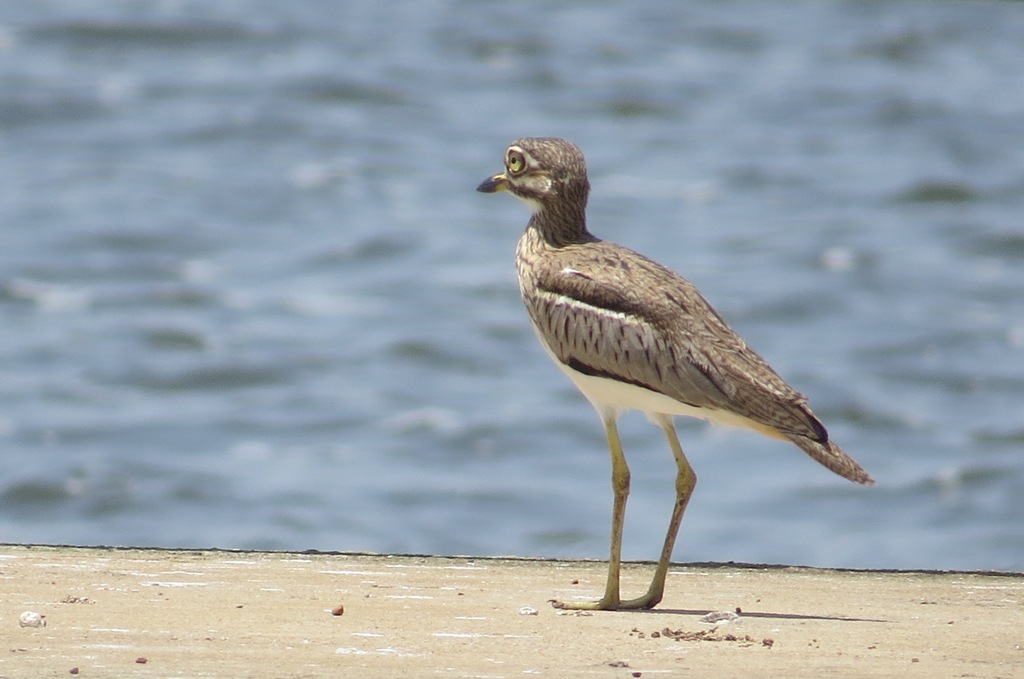
The viewpoint over the wooded Mbagathi river gorge offers views of some woodland birds. The best place to see the shy and clandestine African Finfoot, Snowy-headed Barbet, Rocky Hryaxes, Olive Baboon, Leopard, Bushbuck, Black Rhino, and Martial Eagle.
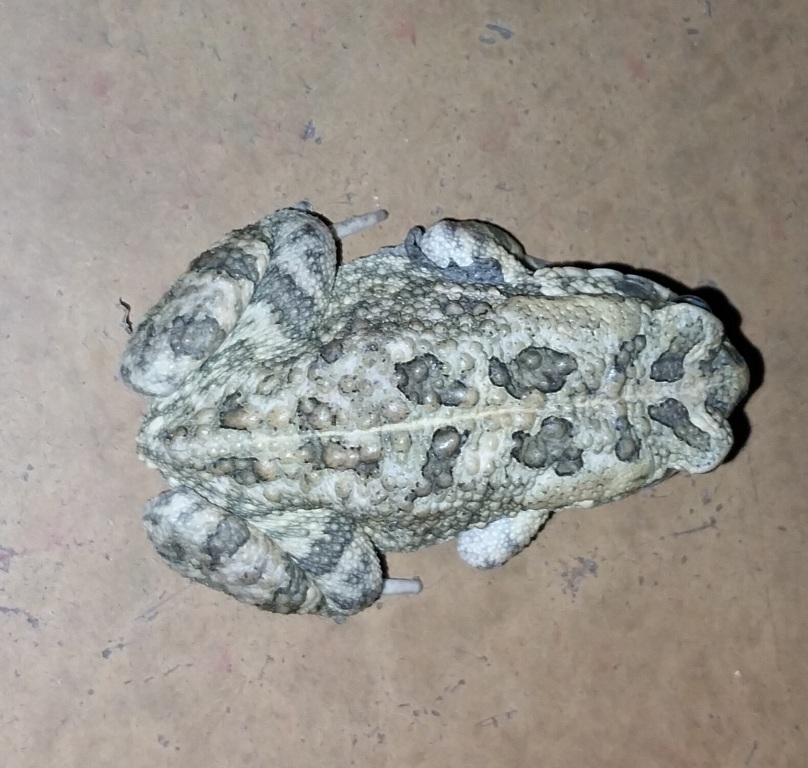
Kisembe forest is, in fact, the southern fringe of what used to be the extensive Langata Forest and is comprised of Crotons, African Olive, Silver Oak, Cape Chestnuts Fig tree, and other indigenous species. One of the few remaining large expanses of tree cover in Nairobi, it is sometimes called the “lungs of the city.” Whether the forest will continue to play that role is an open question. Kisembe, and indeed the entire park, is threatened by the rapid and largely unplanned expansion of Nairobi, one of the fastest-growing cities in all of Africa.
Kisembe forest covers the highland section of the park and is readily accessible, birds that may be seen here include the Emerald Cuckoo, Siffling Cisticola, Tambourine Dove, Long-billed Pipit, Scaly Spurfowl, Hartlaub’s Turaco, African Crowned Eagle nesting, White-starred Robin, White-headed Barbet, Thick-billed Cuckoo, Narina Trogon, Olive Pigeon, Green Pigeon, Pale Flycatcher, Silvery-cheeked Hornbill, Grey-olive Greenbul, and Violet-backed Starling.
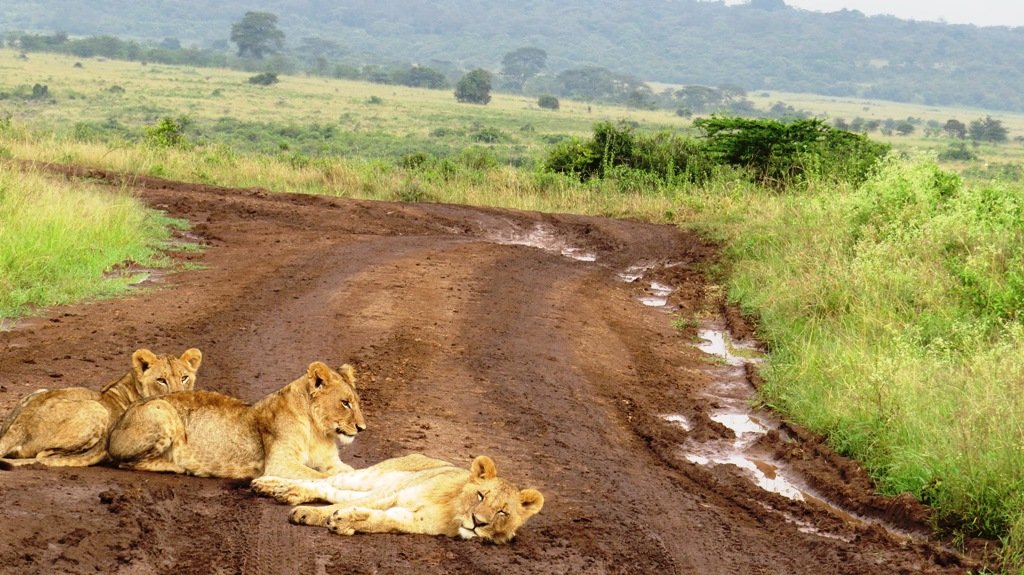
A day birding tour in Nairobi National may yield more than 150 bird species, but it is advisable to start early and have a bird guide who knows the park’s birds well
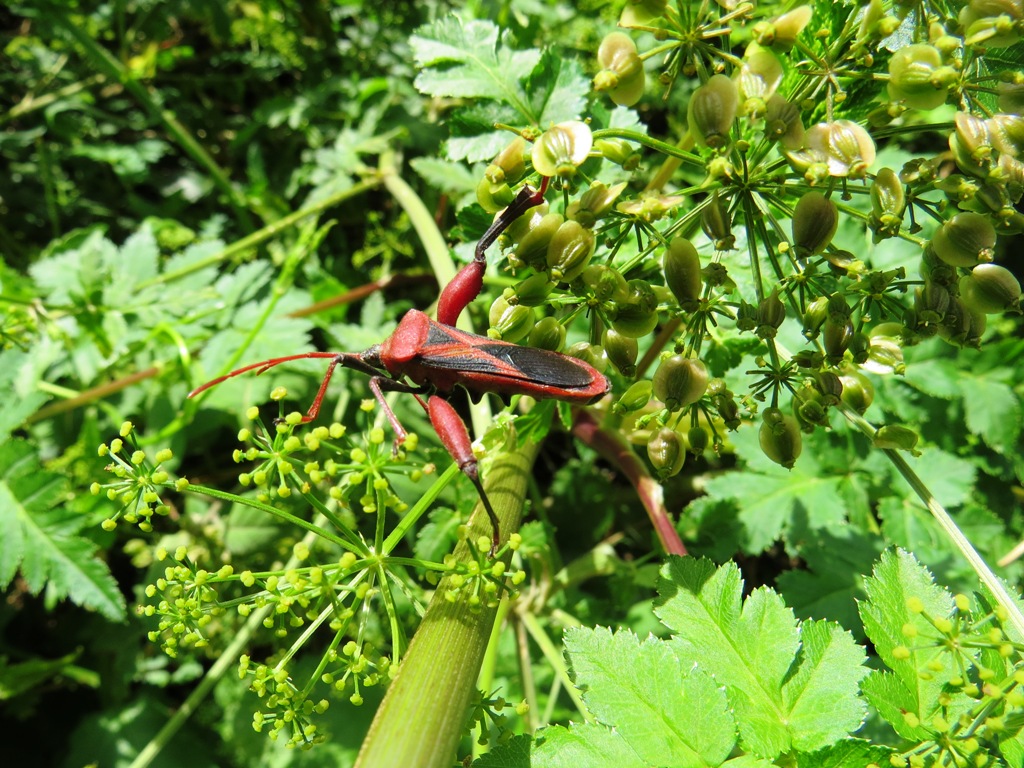
Magadi Road Birding
Lake Magadi road birding will take you on the edge of the famous Ngong hills, Olorgersaille Pre-Historic site down to Lake Magadi, birds shall be varied and exciting in a day’s birding tour
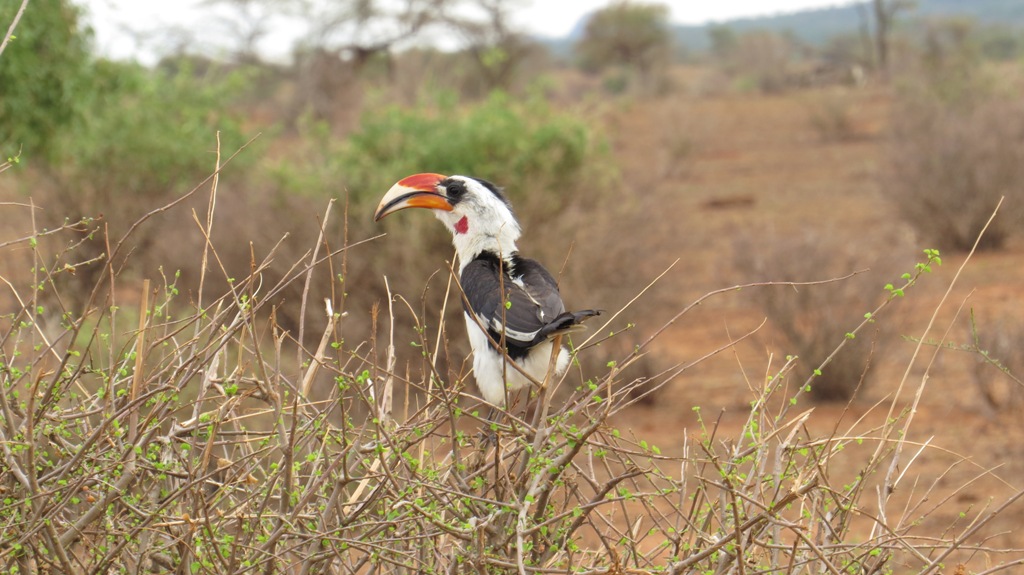
There are numerous stopovers along this road with the first one at Corner Baridi (cold bend), The fun part of it, is you do birding while walking as opposed to many areas where you are confined to a vehicle. Magadi Road birding is known for its beautiful landscapes, which also showcase several sought-after birds species ranging from the rare Ngong Puffback, Tiny Cisticola, Red-throated Tit, Mouse-coloured Penduline Tit, Foxy Lark, Northern Crombec, Yellow-bellied Erememola, Grey Wren Warbler, Red-fronted Prinia, Wailing Cisticola, African Bare-eyed Thrush, Black-necked Weaver, Vitelline Masked Weaver, Swahili Sparrow, and Three-banded Courser. Magadi road birding in a day can record more than 100 bird species
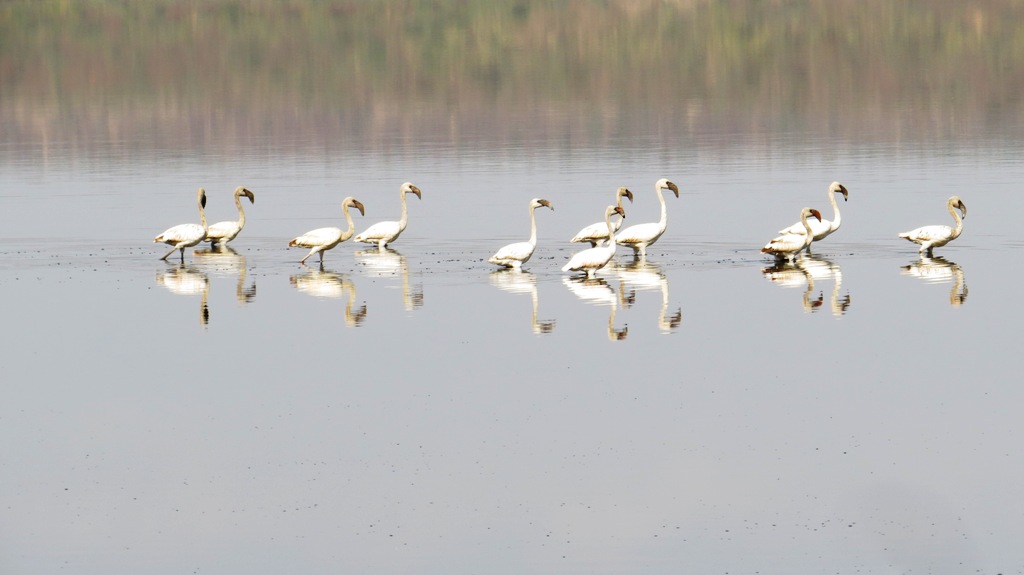
Gatamaiyu Forest Birding
Gatamaiyu is part of the larger Kereita forest, which is an extension of the southernmost end of the indigenous forest of the Aberdare Ranges, an ideal destination for urban birding and hiking, Gatamaiyu forest is good for many Afro-tropical highland species, It is one-hour drive from Nairobi.
Gatamaiyu Forest is located 55 kilometers from the capital Nairobi, 45 minutes drive from the city. This delightful forest is a large expansive undisturbed indigenous patch that is home to interesting and spectacular bird and mammal species. The weather is usually pleasant and the air quality is ideal for outdoor activity. The Gatamaiyu forest is an interesting forest that hosts many amazing bird species. Birding in the forest starts in the morning when the bustle of bird activity begins to pick up, territorial birds sing and call to advertise their presence as hungry birds search for food, and the noticeable increase in sound and movement commonly spice up the experience in the forest. Listening to birdsong is an uplifting experience gives a stronger connection to nature and lowers anxiety
Some bird species may be difficult to see, they tend to shy and skulk within the understory so being patient and quiet usually pays off. Another clue while birding in Gatamaiyu forest is to keep an eye out for mixed species flocks that travel together, flying between flowering plants and fruiting big trees, frenetically picking insects and fruits, Cabanis Greenbuls will lead the pack, which will also have the Black-fronted Bushshrikes, Kikuyu White-eyes, White-browed Crombec, Grey Cuckoo shrikes, Waller’sStarlings, Chestnut-throated, Gray and Black-throated Apalises, White-tailed Crested Flycatcher, Brown Woodland Warbler and Slender-billed Greenbul. The elegant Bar-tailed Trogon may be seen sitting well-camouflaged in tree branches. Hanging out in the shrubs and tree trunks you’re likely to find the Brown-capped Weaver, listen for a high-pitched and thin whistle of the Ruppell’s Robin-Chat mimicking most of the forest species. Gatamaiyu forest is full of a variety of species from raptors and sunbirds to flycatchers and thrushes. All these beautiful wilderness and birds are waiting for you, the nature trails inside the forest are well-maintained
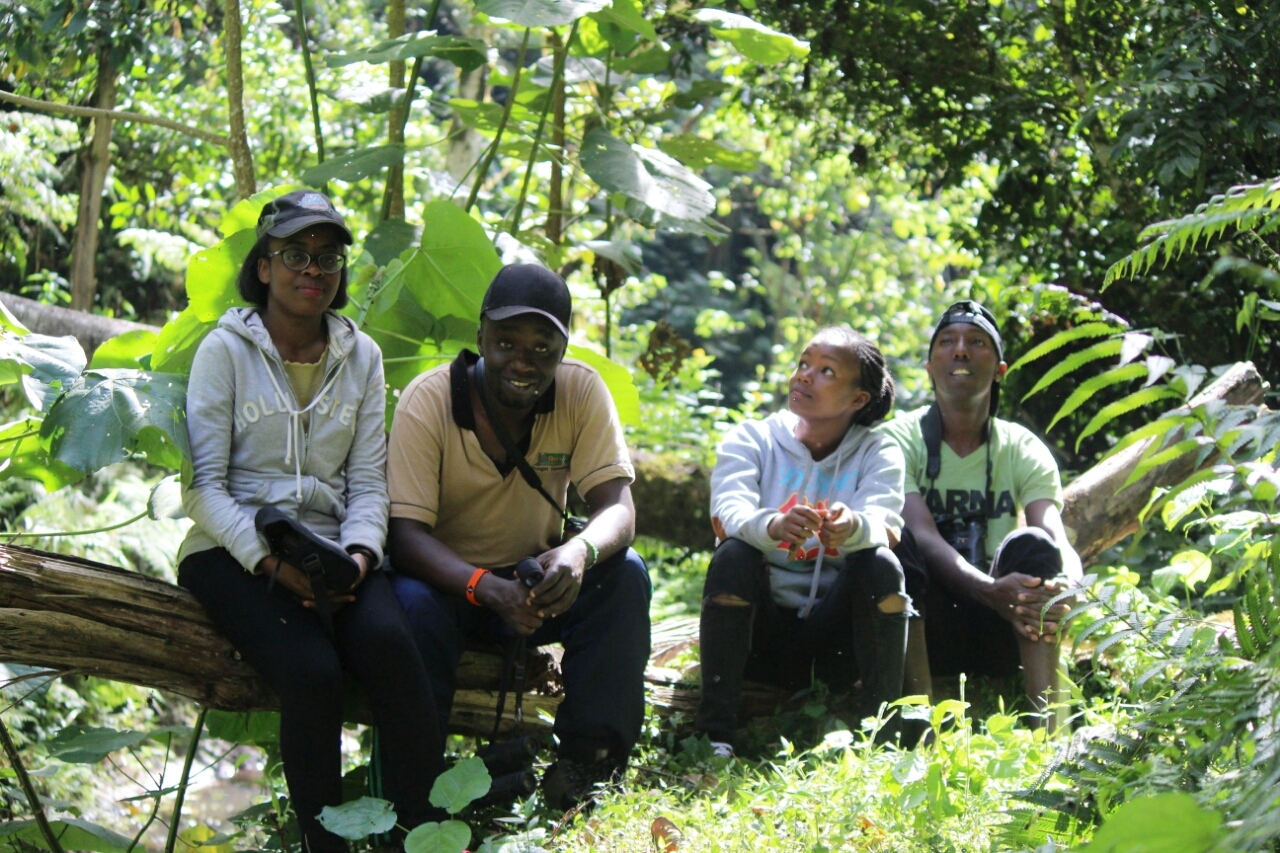
Manguo Swamp Birding
Manguo Wetland is a 30-minute drive from Nairobi, a nice area for a variety of Waterfowl, and a localized Maccoa Duck. Manguo Swamp is a diverse ecosystem that supports many species of birds, the wetland is relatively open, making it easy to watch bird activity from the edge. Great birding is often encountered in Manguo and one of the best places to see the variety of fresh water birds, an elevated view from the main park area will give an excellent views of the White-back Ducks, Blue-billed Teals, White-faced Whistling Ducks, Yellow-billed Ducks, Red-billed Teals, Red-knobbed Coots, Hamerkops, African Swamphen, Little Bittern, Red-throated Pipit, Hunter’s Cisticolas (East Africa endemic) African Fish Eagle,and Lesser Swamp Warbler. Manguo Swamp is a favorite Kenya’s birding destination , its a 360 experience of what birding is all about
Manguo Swamp freshwater is a lodestone for the water birds and other highland species such as the Malachite Sunbird, Hunters Cisticola, Ayres’s Hawk-Eagle, Migrant species, Spotted Crake, Ferruginous Duck, Southern Pochard, Northern Shoveler & Pintail, Garganey have all been seen and recorded in the swamp
Every year many migratory waterbirds and wetland-dependent birds migrate from Europe to winter in Africa, a vast chain of coastal and inland swamps and wetlands acts as stepping stones for these birds and Manguo swamp is one example of a wonderful place for birding thanks to the abundant offering of food water and shelter
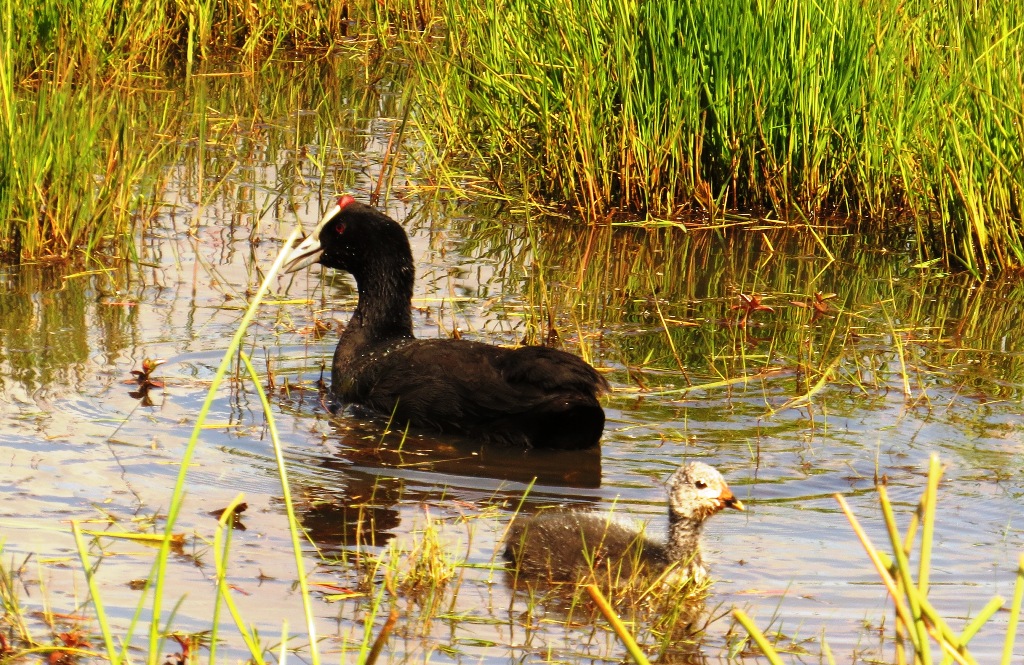
Wetland birds fulfill many important roles in the ecology of natural areas and can provide an interesting and valuable insight into the health of these ecosystems. Manguo Swamp is a biodiversity hotspot, providing shelter, and an abundant food source for rare and uncommon bird species, frogs, and dragonflies, it becomes a refuge for animals in drought. Wetlands worldwide are highly productive and biologically diverse systems that enhance water quality, control erosion, maintain stream flows, sequester carbon, and provide a home to at least one-third of all threatened and endangered species. They are important features in the landscape that provide various beneficial services for people, wildlife, and fish. Swamps act as natural sponges that trap and slowly release surface water, rain, and floodwaters.
Karura Forest Birding
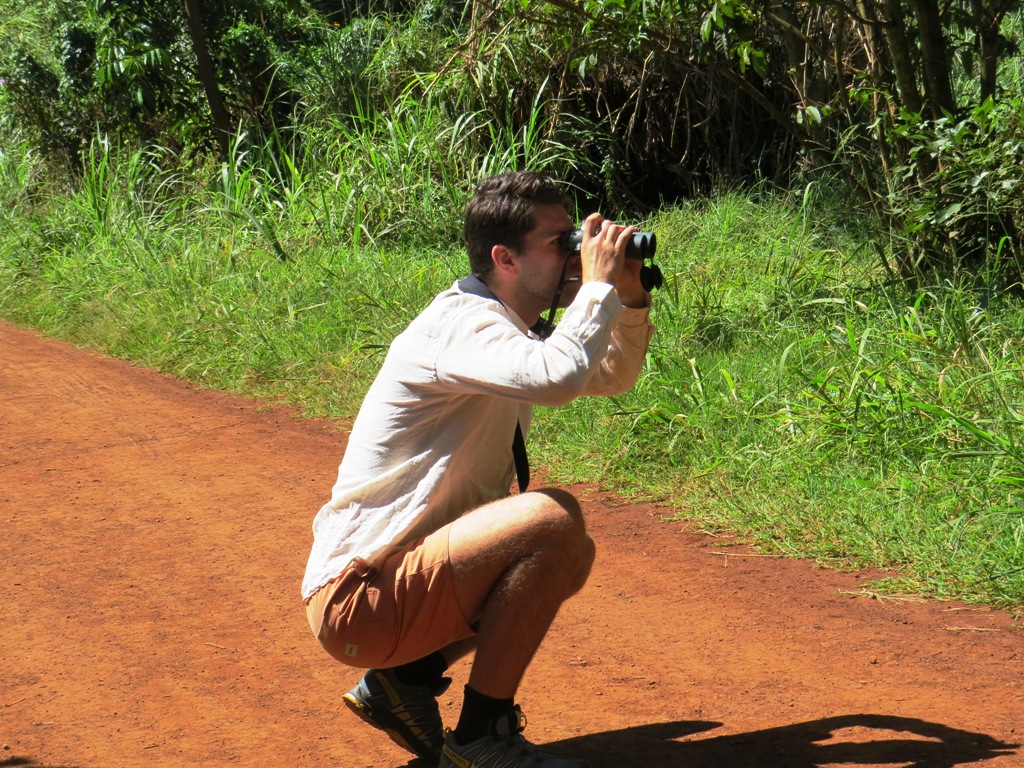
Karura Forest is located 10 kilometers north of Nairobi, the forest is 1,041 hectares, making it one of the largest urban gazetted forests in the world. Karura forest holds almost all the 605 species of wildlife found in Nairobi, including three types of antelope. Karura forest is home to several mammals including Harvey`s Red Duiker, Bush Bucks, Suni Sykes’s & Vervet monkeys, and Three-horned Chameleon. Day birdwatching tour in Karura forest is often done on foot, the nature trails are maintained and well-marked, and birds will start chirping and singing the moment you enter the serene forest, don’t be surprised to find a Narina Trogon, hopping about in the trees catching insects, African Crowned Eagle may be heard or seen circling up in the sky with it whirling display flight, the beautiful Hartlaub’s Turaco bouncing through the fruiting trees may not be missed in one of the birding trails. A 5-6 hours of a day birding tour in the forest may yield around 100 bird species
Bird species in the Karura forest include the Singing Cisticola, African Goshawk, African Crowned Eagle, Augur Buzzard, Grey Cuckoo-Shrike, Brown-chested Alethe, Narina Trogon, Long-crested Eagle, Yellow-billed Duck, Little Grebe, White-backed Duck, Malachite Kingfisher, Hartlaub’s Turaco, White-headed Barbet, Slender-billed Greenbul, African Black Duck, African Emerald Cuckoo, Yellow-rumped Tinkerbird, African Paradise Flycatcher. Kindly note; Plastic water bottles are not allowed in the forest, carry your water with reusable bottles.
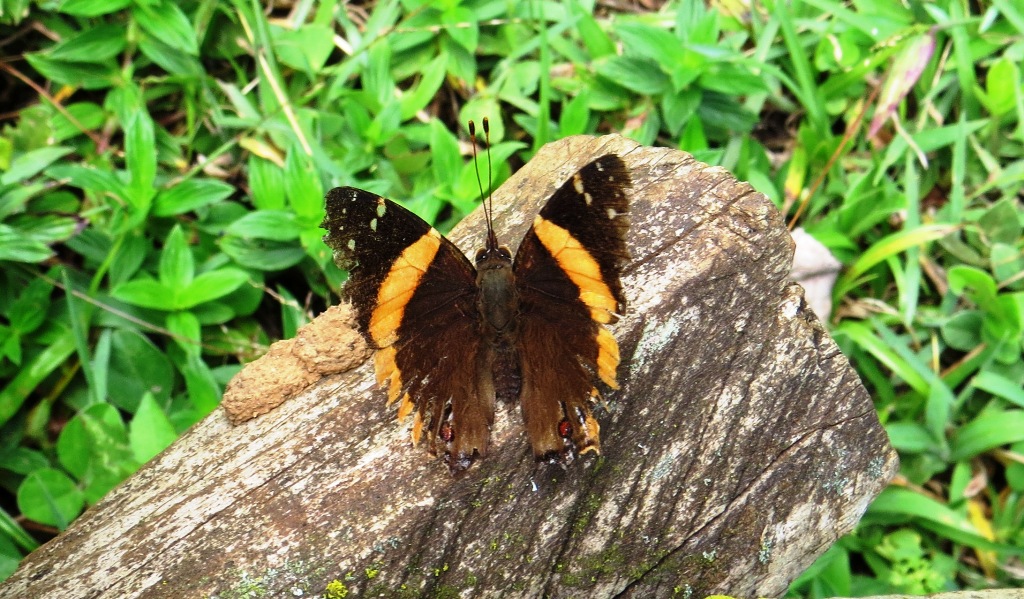
Ngong Road Forest Birding
Ngong Forest Sanctuary is one of the only very few forests in the world that exists within a city. Only 6 kilometers from Nairobi’s central business district, the forest is a precious resource for Kenya’s capital city. The forest covers an area of 1224 hectares, and the topography is mildly rolling with orderly shallow valleys. The soils are ideal for thick tree growth combined with glades where seasonal grasses blossom after rains.
Ngong Road Forest is a sanctuary to a teeming colony of birds, mammals, reptiles, and amphibians, more than 200 bird species have been recorded in the forest, including a Crowned Eagle, arguably Africa’s top raptor that has bred in the forest for a long
Miotoni River cuts through the forest draining its water to Mbagathi and finally forming the bigger Athi River, the second longest river in Kenya after the Tana
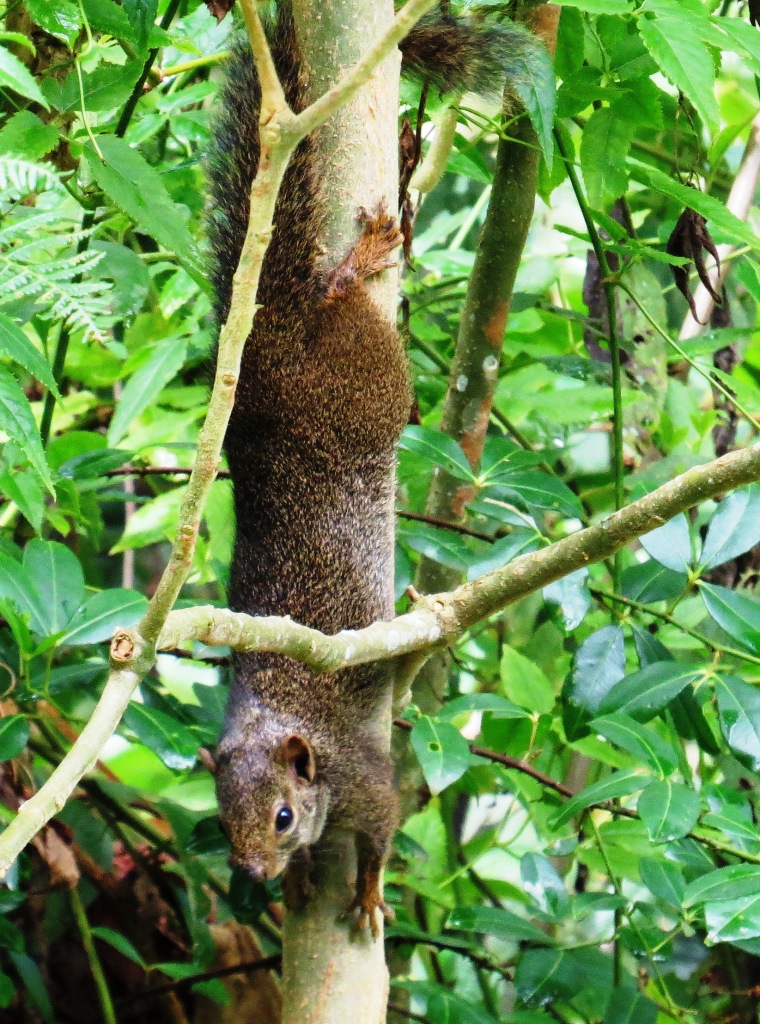
The birds of Ngong Forest Sanctuary include bird characteristics of the indigenous dry evergreen forest of Nairobi, birds of the surrounding grasslands and gardens, and water birds. African, Grey, Mountain & Yellow Wagtails, Grassland & Tree Pipits, Yellow-throated Longclaws, Slender-billed Greenbul, Cabanis’s and Yellow-bellied Greenbul, Common Bulbul, White-starred Robin, Cape & Ruppell’s Robin-Chats, Brown-backed Scrub–Robin, Common Stonechat, Northern &Pied Wheatear, Abyssinian Thrush, Yellow-whiskered Greenbul, Crimson rumped Waxbill, African Fish Eagle, White-headed Barbet, Grosbeak Weaver, Singing Cisticola, Augur Buzzard, and African Citril.
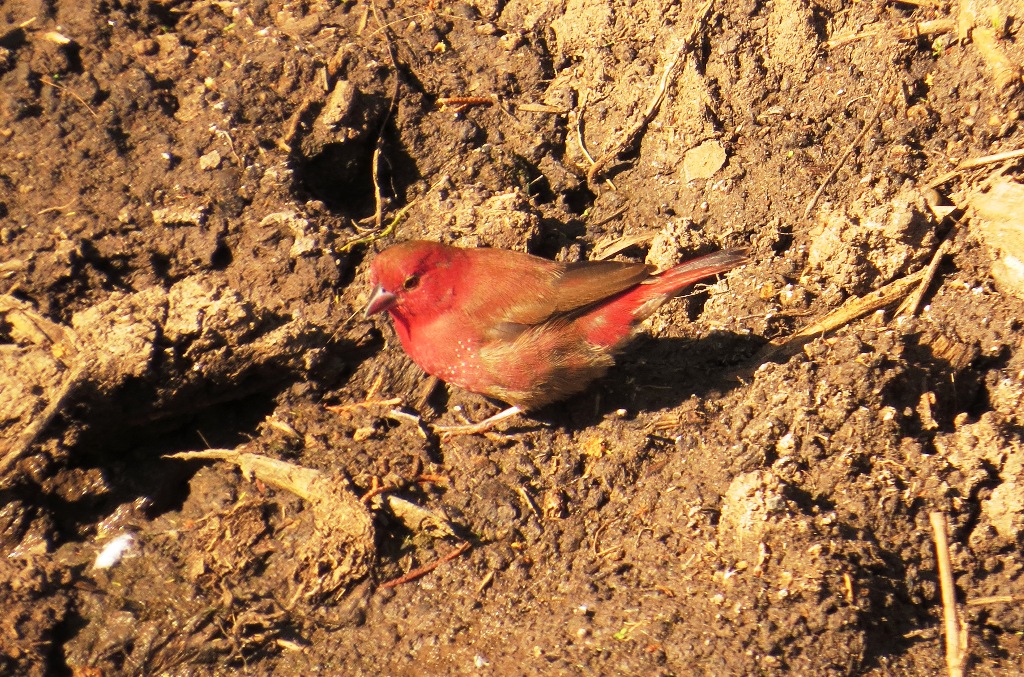
Oloolua Forest Nature Trail Birding
Oloolua forest nature trail is tucked in Karen suburbs, which is 250 hectares in size of dry upland indigenous forest with few patches that have the exotic plantations of the Eucalyptus. The forest trail roams through the thickset vines and understory, in some places following the Mbagathi River banks which cuts down the forest, colorful butterflies will be seen flying low or basking along the trails, the Suni Antelope one of the smallest ungulates in Africa may be seen feeding on the undergrowth
Oloolua Forest Nature trail is known to have exciting bird species such as the African Crowned Eagle, a pair that has successfully bred in the forest for many years now, the Lemon Dove, and Hartlaub’s Turaco can’t be missed, the high-pitched squawk and loud, guttural series of barking calls “kwa, kak, kwak-kwak, Kwak”, will be heard in high up in the tree canopies, Narina Trogon– an eye-catching, mostly iridescent-metallic-green bird, with a scarlet belly, broad yellow bill, and white under the tail. The face and throat of the male are green; while the females’ are dirty gray-brown which is very good at camouflaging on the green leaves may also be seen or heard a soft “whoo” in the canopies
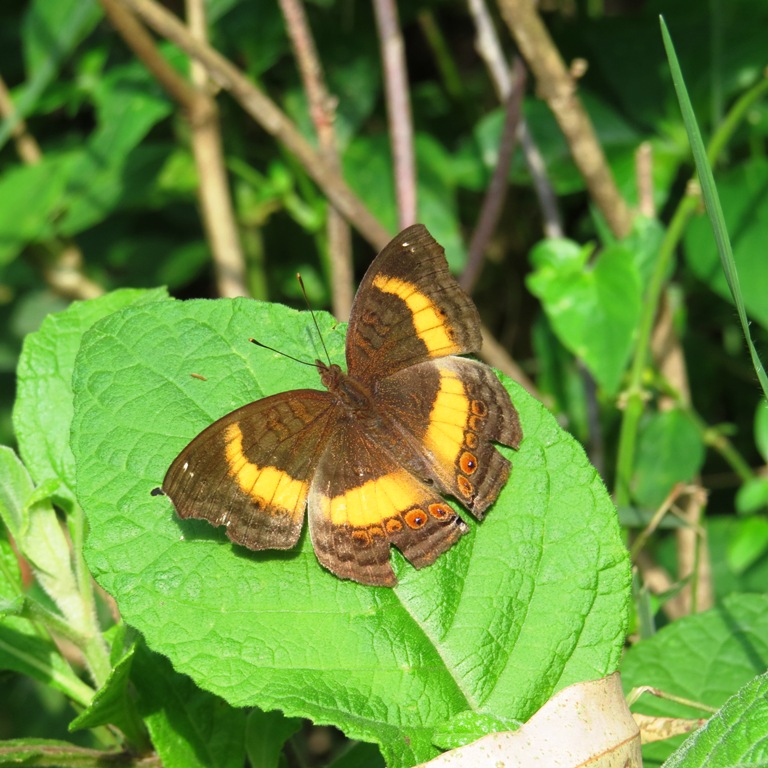
Oloolua Forest Nature Trail gradient is suitable and comfortable for any age bracket. An ideal forest to conduct easy and relaxed day birding where you can see and record more than 100 birds in a day. The Oloolua forest trails wander through the thick forest and pass through the Mbagathi River which has its origin in Ngong hills and Thogoto forest. Oloolua forest has an amazing 20 meters waterfall near the forest entrance, an old wooden watchtower constructed a while ago for studying the African Crowned Eagle is also worth having a look
We offer pre-arranged birding tours, guided by Kenya’s best bird guides and naturalists. We invite fanatic birders, and naturalists to travel with us. Our safari itineraries are designed with birding as the focus, but what we go for is the overall experience of birding and big animals, photography, landscapes, and cultures. We aim to make every trip your favorite tour. We put a lot of thought into every itinerary, from the exact birding hotspot to the accommodation, transport, and food. Kenya offers unequaled birding safari experiences attracting both beginner and veteran birdwatchers alike, our birding safaris are excellent all year round from coastal forest to savannas, rift valley lakes to mountains, and highland forest, the county’s incredibly diverse habitats make it one the most sought after destination for birding and wildlife safaris.
Are you ready to join a birding tour in Kenya? Kindly contact us with your preferred trip. We can customize birding tours to meet your needs. Are you interested in specific species, rare, or endemic?
Email: info@conquestadventures.co.ke
Phone: +254 735 204 519